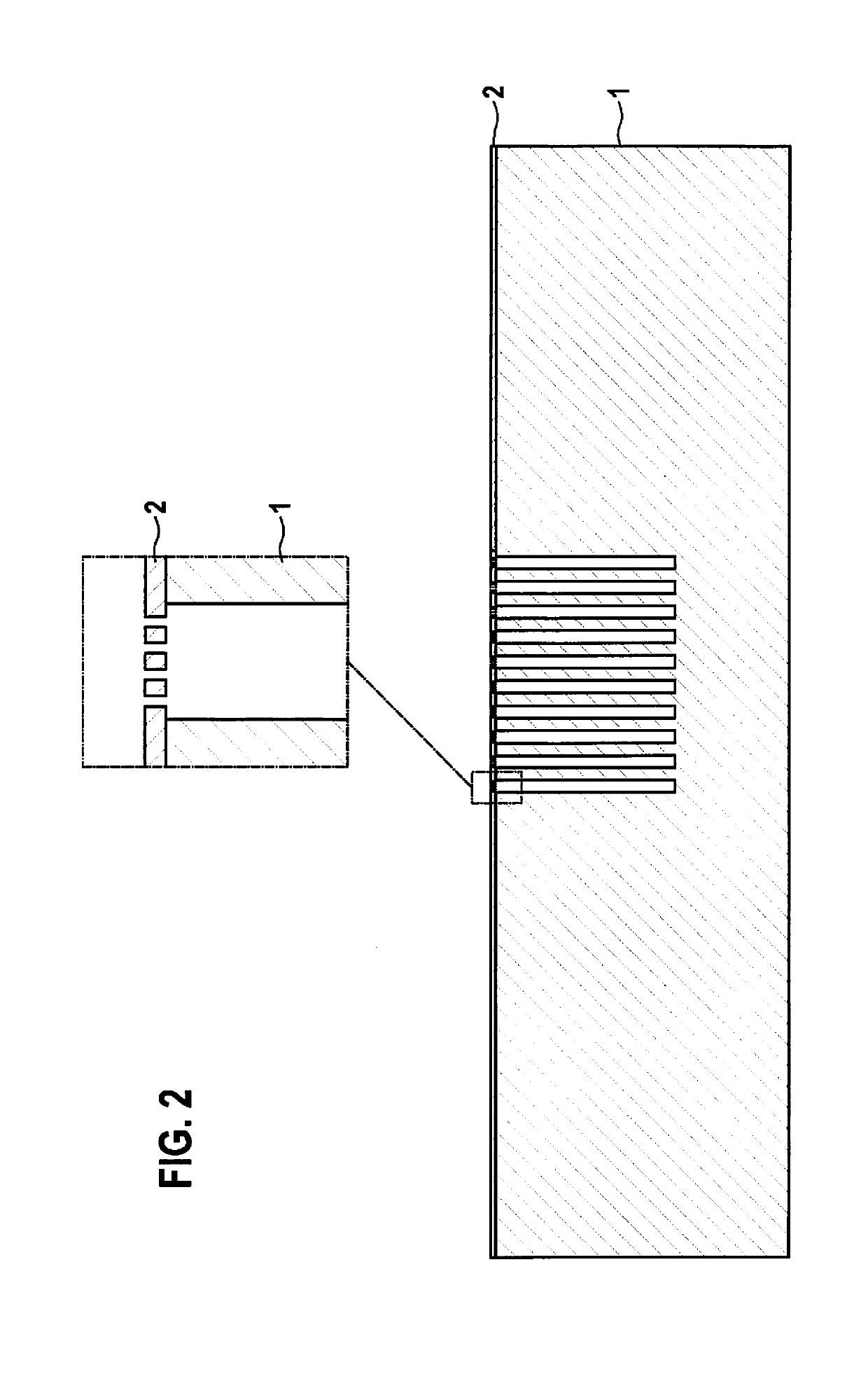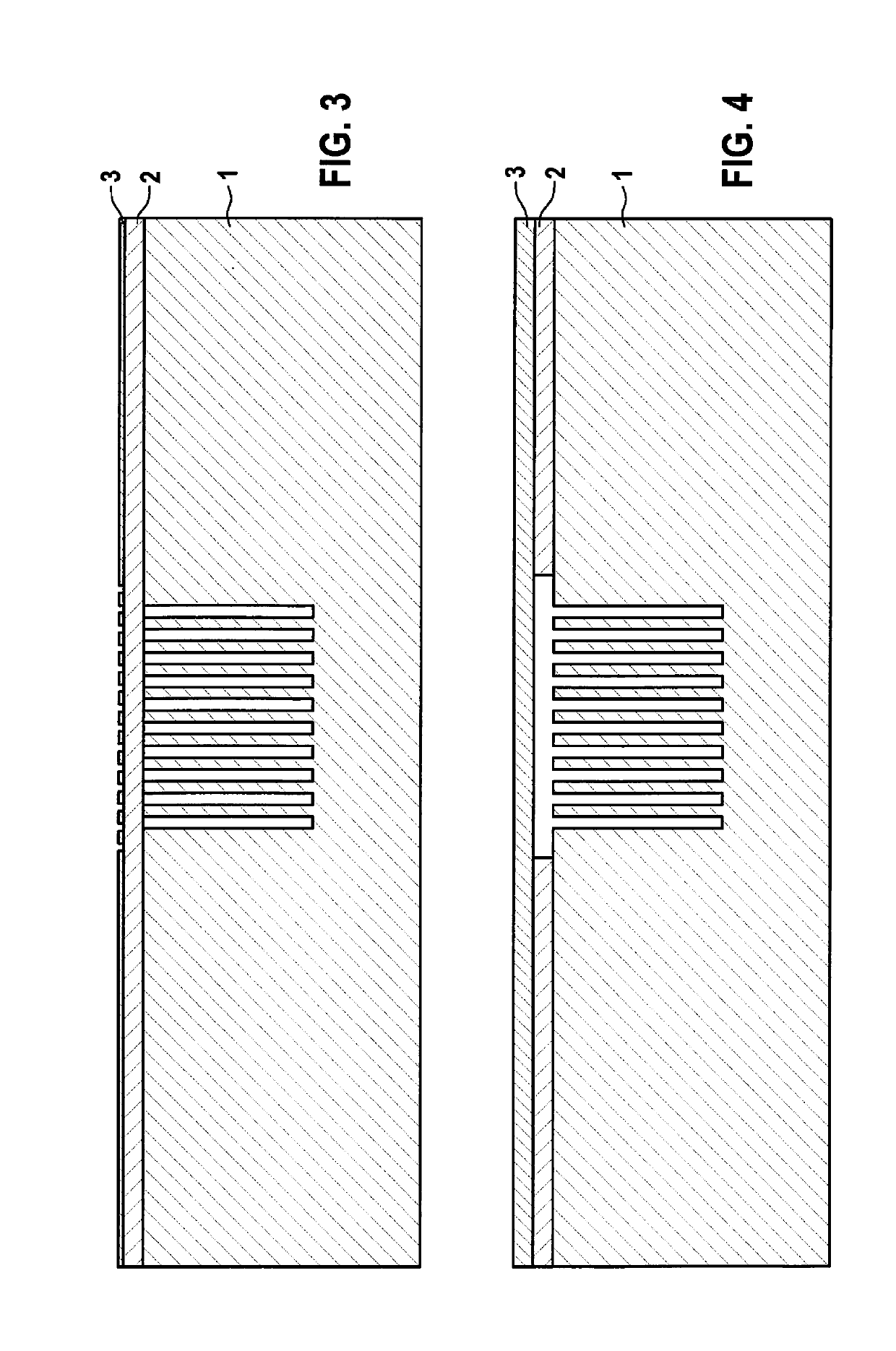Method for manufacturing a micromechanical sensor
a micromechanical sensor and manufacturing method technology, applied in the direction of fluid speed measurement, semiconductor electrostatic transducers, instruments, etc., can solve the problems of media access point production, significant technical difficulties, rear side of the wafer
- Summary
- Abstract
- Description
- Claims
- Application Information
AI Technical Summary
Benefits of technology
Problems solved by technology
Method used
Image
Examples
Embodiment Construction
[0055]The present invention may provide a comparatively simple and cost-effective method for producing a backside port for a micromechanical sensor, in particular a micromechanical pressure sensor, preferably in a chip scale package, particularly preferably as a component that is vertically integrated with an ASIC. The provided method advantageously does not require gas phase etching after the wafer bonding. In addition, the application of a technically demanding side port may be avoided.
[0056]Further advantages of the provided method are, for example:
[0057]An application of technically complicated side ports may be dispensed with.
[0058]In addition, the sensitive diaphragm area, which may be vulnerable to particles or media entrainment during cleaning steps, is hermetically protected from external interfering influences up to the end of the process flow.
[0059]Furthermore, the provided method is compatible with various methods for manufacturing the pressure sensor diaphragm. These al...
PUM
| Property | Measurement | Unit |
|---|---|---|
| Thickness | aaaaa | aaaaa |
| Area | aaaaa | aaaaa |
Abstract
Description
Claims
Application Information
 Login to View More
Login to View More - R&D
- Intellectual Property
- Life Sciences
- Materials
- Tech Scout
- Unparalleled Data Quality
- Higher Quality Content
- 60% Fewer Hallucinations
Browse by: Latest US Patents, China's latest patents, Technical Efficacy Thesaurus, Application Domain, Technology Topic, Popular Technical Reports.
© 2025 PatSnap. All rights reserved.Legal|Privacy policy|Modern Slavery Act Transparency Statement|Sitemap|About US| Contact US: help@patsnap.com



